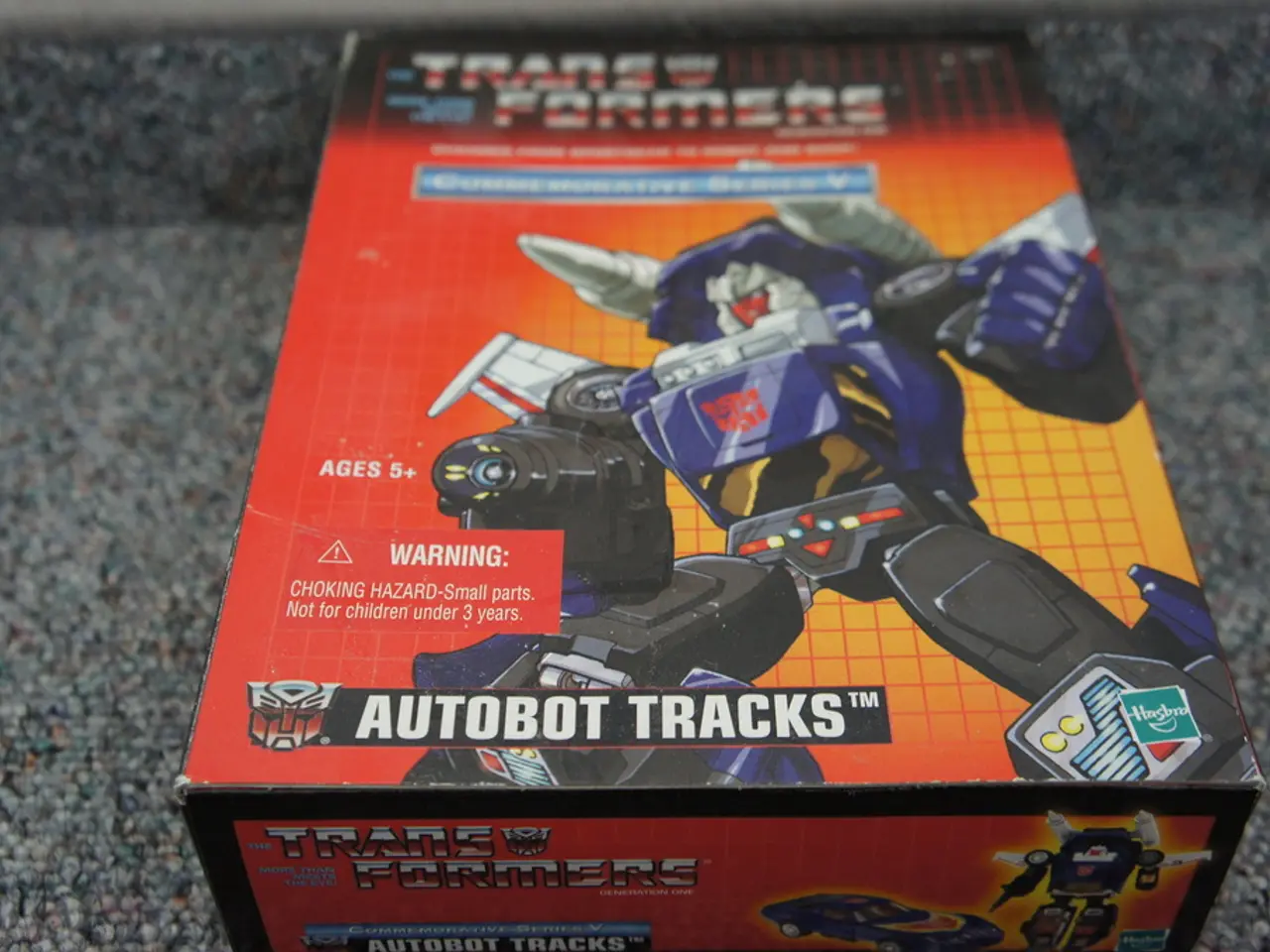Comprehending the Essential Points of the Latest ISO Robotics Standard for Manufacturers
The ISO 10218 safety standard, a cornerstone in the world of collaborative robotics, is revolutionising the way manufacturers approach safety and regulatory compliance. This standard, focusing on the safety evaluation of collaborative applications and collaborative robots as a whole, has undergone significant updates to better accommodate the rapidly evolving robotics landscape.
One of the most notable changes in the 2025 update to ISO 10218-2 is the shift in emphasis from treating collaborative robots (cobots) as a distinct robot type to viewing collaborative operation as a method of use rather than a robot category. This consolidation means that traditional industrial robots and cobots are now unified under one safety framework, with any robot capable of being used collaboratively as long as the entire application is risk-assessed and designed to be safe for human interaction.
The emphasis on the entire robotic application is a result of the comprehensive, application-specific risk assessment required by the standard. The whole robotic system—including robots, safety devices, control systems, and the operational environment—is evaluated to identify and mitigate hazards that often arise from the interaction of components and the way the robot is deployed. Protective measures, such as emergency stops, safeguards, and sensor systems, are integrated into the system design and operation, ensuring safety goes beyond the inherent robot features alone.
The harmonisation of U.S. ANSI standards with the internationally recognised ISO 10218 standard offers numerous benefits for manufacturers. It provides consistent requirements and terminology, reducing confusion and complexity in compliance. This harmonisation also helps manufacturers design robotic systems that are compliant worldwide, easing market access. Moreover, it enables early preparation for regulatory changes by following the widely adopted ISO guidelines, which the ANSI standards reflect.
Integrating the ISO 10218 safety standard with production management systems further optimises safety and operational efficiency. Real-time monitoring and control of robot speeds, force limits, and collaborative modes allow for dynamic adjustments based on risk assessments. Emergency stops and safety sensors can be incorporated into the production control logic, ensuring rapid responses to unsafe conditions while minimising unnecessary production halts. Safeguards such as light curtains, hand detection sensors, and safe speed zones can be coordinated with production schedules to avoid downtime during safe operation phases.
Predictive maintenance and safety checks, designed according to the standard’s guidelines, can also be integrated into the production workflow, reducing unexpected failures. Enhanced cybersecurity requirements within production management systems, introduced in ISO 10218-1:2025, help prevent unauthorised access or manipulation of robotic operations.
In conclusion, the ISO 10218-2025 standard represents a significant step forward in flexible but comprehensive safety management for robotic applications. By requiring the entire robotic application to be evaluated for safety, integrating with production management systems for dynamic safety control, and harmonising with global standards for consistent compliance, this standard is fostering safer, more resilient, and efficient robotic manufacturing environments.
- The harmonization of international safety standards, such as ISO 10218, with financial regulations and industry best practices could lead to increased investment in the technology sector, particularly in the manufacturing industry, as it provides a unified framework for safety compliance worldwide.
- As technology advances, the integration of machine learning algorithms and advanced analytics into the financing processes of the manufacturing industry could help predict potential financial risks associated with technology investments, ensuring a more prudent approach to funding the growth of the robotics industry.




